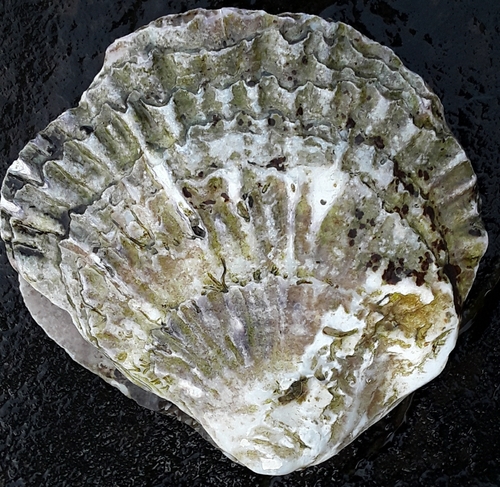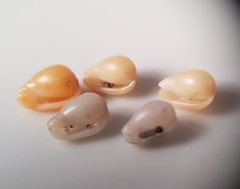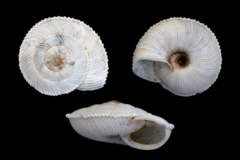Oyster
Ostreidae
Mollusca Ostreidae, commonly known as oysters, are a family of marine bivalve mollusks. They are typically found in marine and brackish waters. Oysters have a rough irregular shell and are known for their ecological and economic importance.
The Comunidad Valenciana, located along the Mediterranean coast of Spain, is home to various species of the Ostreidae family. Here, they are locally known as ostras, and they play a significant role in both natural ecosystems and aquaculture.
- Ecological Role: Oysters contribute significantly to marine environments. They are filter feeders, which means they help clean and purify the water by removing particulates, nutrients, and algae. This filtering action improves water quality and supports the growth of other marine life.
- Physical Characteristics: Oysters have two shells, known as valves, that are usually rough and irregularly shaped. The shell colors can range from grey to brown, serving as excellent camouflage against predators.
- Economic Importance: In the Comunidad Valenciana, the cultivation and harvest of oysters represent an important aquaculture industry. They are a prized delicacy in local cuisine and contribute to the region's economy.
- Culinary Use: Oysters are highly valued for their unique flavor and texture. They can be eaten raw, grilled, baked, or fried. In the region, they are often savored fresh with a splash of lemon juice.
Overall, mollusks of the Ostreidae family, or oysters, are an integral part of the coastal ecosystem and cultural heritage in the Comunidad Valenciana, reflecting their importance in both environmental stewardship and culinary tradition.







